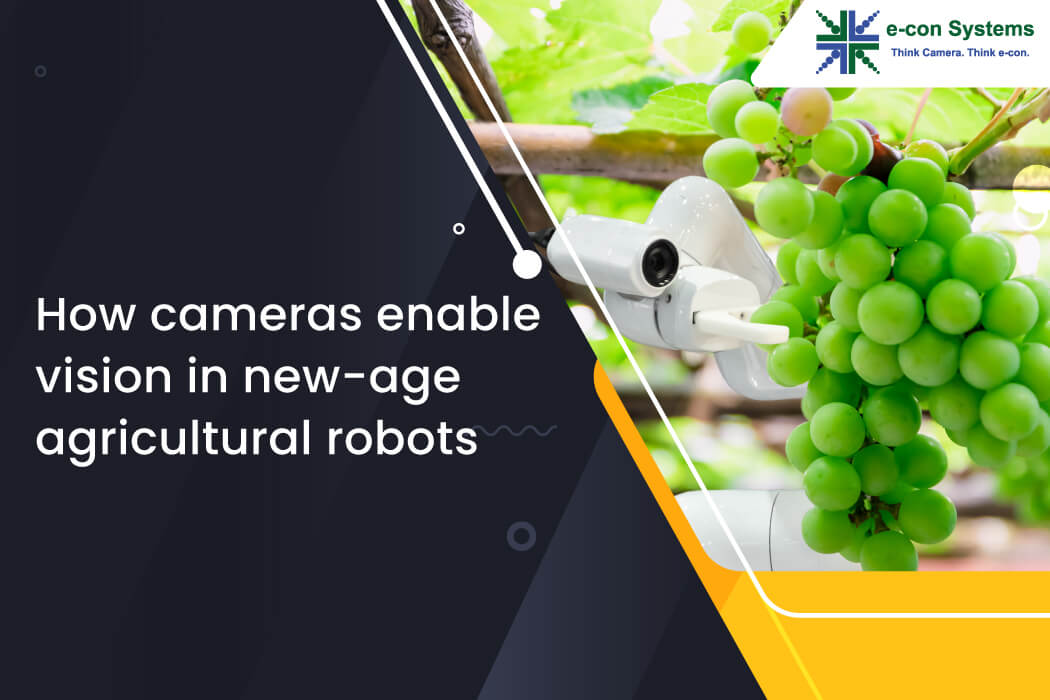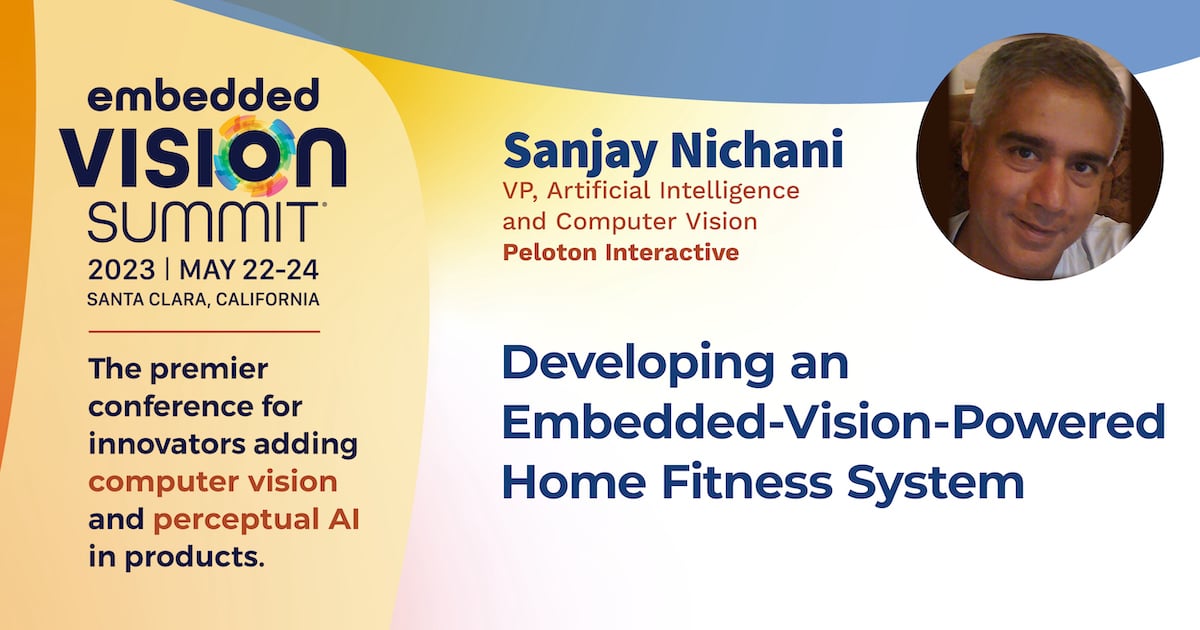Understanding Synthetic Media and Deepfake AI: The Good, the Bad, and the Alarming
One of the most provocative AI innovations is synthetic media, which include the deepfakes technology.

AI - Artificial intelligence is rapidly transforming how we communicate, learn, and create, one of its most provocative innovations is synthetic media. This umbrella term includes AI-generated videos, images, audio, and text that mimic reality—often indistinguishably. Among these, deepfake technology stands out for its uncanny ability to replicate human likeness and voice. While the creative potential is vast, the risks to truth, trust, and societal stability are equally profound.
What Is Synthetic Media?
Synthetic media refers to any content produced or manipulated by artificial intelligence to simulate real-world appearances, voices, or events. It includes:
- Deepfake videos
- Voice cloning
- AI-generated images and avatars
- AI-written text and dialogue
Deepfakes are a subset of synthetic media, typically involving hyper-realistic impersonations of people in video or audio formats.
How Deepfake AI Works
Deepfakes are powered by machine learning models, especially Generative Adversarial Networks (GANs). These consist of two neural networks:
- Generator: Creates fake content based on training data
- Discriminator: Evaluates whether the content is real or fake
Through iterative competition, the generator improves until its output becomes nearly indistinguishable from authentic media.
Other techniques include:
- Autoencoders for facial reconstruction
- Voice synthesis models for speech replication
- Facial landmark mapping for realistic expressions
The Good: Creative and Practical Uses of Synthetic Media
Synthetic media isn’t inherently harmful. In fact, it’s revolutionizing several industries:
- Entertainment: De-aging actors, recreating historical figures, dubbing films
- Education: Interactive learning with virtual instructors or historical reenactments
- Gaming and VR: Realistic avatars and immersive environments
- Accessibility: Voice synthesis for individuals with speech impairments
- Art and Design: AI-generated music, paintings, and fashion concepts
These applications demonstrate how synthetic media can enhance creativity, accessibility, and engagement.
The Bad and the Alarming: Risks of Synthetic Media and Deepfake AI
Despite its benefits, synthetic media introduces serious ethical and societal concerns:
Political Manipulation
Deepfakes can fabricate speeches or actions by public figures, misleading voters and destabilizing democratic processes.
Fraud and Identity Theft
Cybercriminals can use voice or facial impersonation to access sensitive data, authorize transactions, or deceive individuals.
Reputation Damage
False videos or audio clips can ruin careers, relationships, and lives—especially when they spread faster than they can be debunked.
Erosion of Trust
As synthetic media becomes more convincing, people may begin to doubt authentic content, leading to a “liar’s dividend” where truth itself becomes suspect.
Legal and Ethical Gray Areas
Current laws struggle to keep pace with the technology, leaving victims with limited recourse and perpetrators with minimal accountability.
How to Spot a Deepfake
While detection tools are improving, individuals can look for:
- Unnatural eye movement or blinking
- Lip-sync mismatches
- Inconsistent lighting or shadows
- Robotic or poorly timed audio
- Use of detection platforms like Deepware Scanner or Microsoft's Video
- Authenticator
Combating the Deepfake Dilemma
Efforts to mitigate the risks include:
- AI Detection Tools: Algorithms that analyze media for signs of manipulation
- Legislation: Laws targeting malicious use of synthetic media
- Public Awareness: Campaigns to educate users on media literacy
- Platform Policies: Social media companies flagging or removing deceptive content
Conclusion
Synthetic media and deepfake AI represent a powerful duality—capable of enriching human experience or undermining it. As this technology evolves, so must our vigilance, ethics, and legal frameworks. The challenge is not just technical but deeply human: preserving truth in a world where reality can be convincingly faked.
Reward this post with your reaction or TipDrop:
 Like
0
Like
0
 Dislike
0
Dislike
0
 Love
0
Love
0
 Funny
0
Funny
0
 Angry
0
Angry
0
 Sad
0
Sad
0
 TipDrop
0
TipDrop
0






















